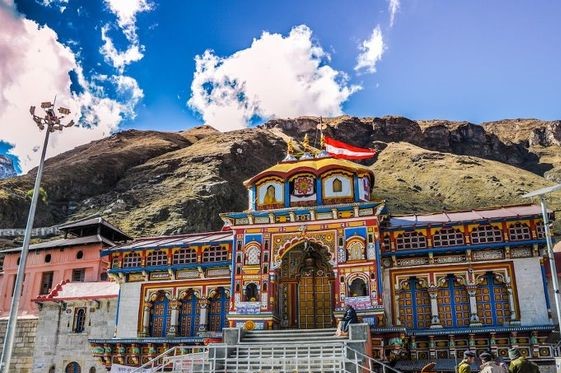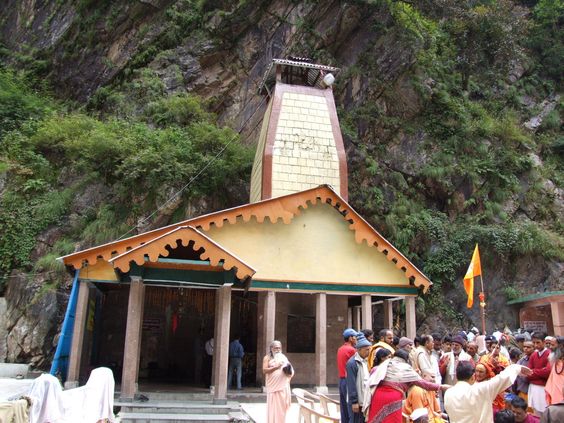
Gangotri Dham
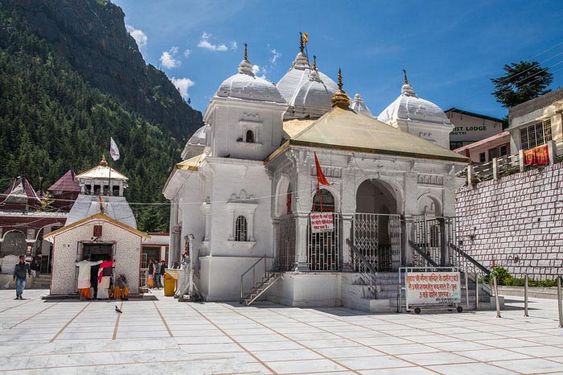
Yamunotri Dham
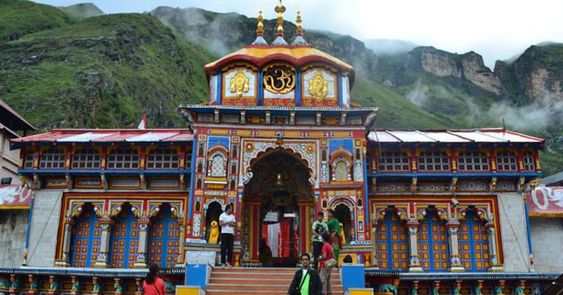

Kedarnath Dham
Kedarnath temple is a part of Char Dhams and Panch Kedar in Uttarakhand and one of the 12 Jyotirlingas of Lord Shiva in India.

In the month of April to August thousands of devotees come to visit the Kedarnath Temple. During Winter season , Kedarnath is closed for six month due to Heavy snowfall and Extreme Cold weather. Kedarnath temple is one of the sacred pilgrimage centre in Northern India, located on the bank of Mandakini river at an altitude of 3584 meters above sea level. Kedarnath is flanked by breathtaking snow-capped peaks, making it the most remote site among all four Char Dham Shrines . But each year the followers of Lord Shiva visit this holy temple. The scenic beauty of Kedarnath town attracts lots of tourists from all over the world. You will find it quite crowded during the summer season (May and June).
Badrinath Dham
According to legend it is believed that At the time of Satya yuga , Lord Shiva meditated here for thousands of years when Goddess Lakshmi provided shadow over her husband in the form of a Badri tree. So the place came to be known as name of Badrinath.
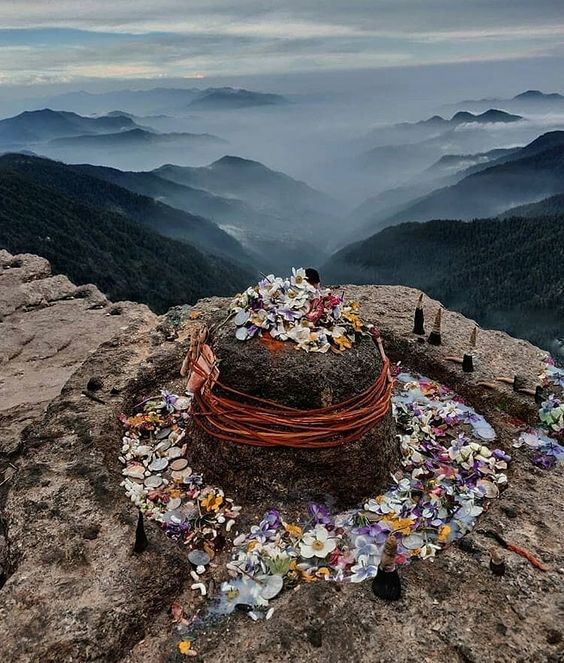
Present temple was built by King of Garhwal in 16th century. Ornament Stones, Impressive traditional carving, Pillars Design is the first features to strike lots of devotees visually. The Archectiture appearance of the Badrinath temple is similar to the appearence of Buddhist Vihara temple. Although Badrinath temple was built by the Adi Shankaracharya, who initially discovered the Badrinarayan idol in the Alakananda River and installed it in hot water spring of Tapt Kund. At the entrance gate of Badrinath Temple, main idol of Lord Shiva is Placed on Bird Garud, the vehicle of Lord Badrinarayan. When you will enter the main Sanctum you will find mediated Adi Shankaracharya Murti. You will find many images of gods namely Kuber, Sridevi and Bhoodevi as well as the sages Nar, Narayan, Bhakta Narada all are seated around the main Deity of Lord Shiva. There are many shrines in and around the temple such as Goddess Laxmi, Hanuman, Narsimha, Nar-Narayan, Ghanta Karna and an Ashta bhuja Ganesha. The diety of Badrinath temple is made of black stone shaligram.
Gangotri Dham
Gangotri is located at an altitude of 3100 meters above sea level, on the banks of Bhagirathi river. Gangotri is the starting point of Ganga river where the goddess Ganga workshipped by the Pilgrims or Devotees.
In Ancient time the river is called Bhagirathi and attains the name Ganga from DevprayagGangotri is one of the origin sources of Holy River Ganga (Ganges), and one of the important Char Dham pilgrimage in Hindu Religion. The main origin of the river is “Gaumukh” which is a glacier located 19 km away from gangotri temple. Ganga river is the longest and most sacred river in world. onwards where Bhagirathi meets with Alaknanda form Ganga River. Gangotri is the home place of many ashrams, small shrines and temple.
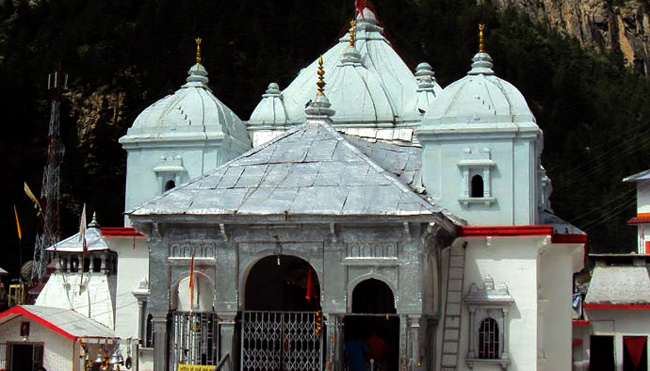
The Gangotri temple opens on the auspicious day of Akshay Tritiya which falls in the month of May and closes down on Yama Dwitiya or Bhai Duj which falls in the month of November. Gangotri temple remains closed for the rest of the six months when the deity is worshipped at Mukhwa, near Harsil.
Yamunotri Dham
Yamunotri is located at an altitude of 3293 metres above sea level, in the Garhwal Himalaya about 40 km away from Barkot in Uttarkashi district of Uttarakhand.
Yamunotri is the original source of Yamuna River surrounded by lofty peaks forest and large valley. Yamuna is the second largest and one one holiest river in India after Ganga. It is part of the four holy abodes in Chardham pilgrimage yatra. Pilgrims also get to enjoy a number of hot water springs in the vicinity of the temple. The actual source of Yamuna River lies in the Yamunotri Glacier at a height 6,387 metres near Bandarpunch Peaks in Lower Himalayas.

